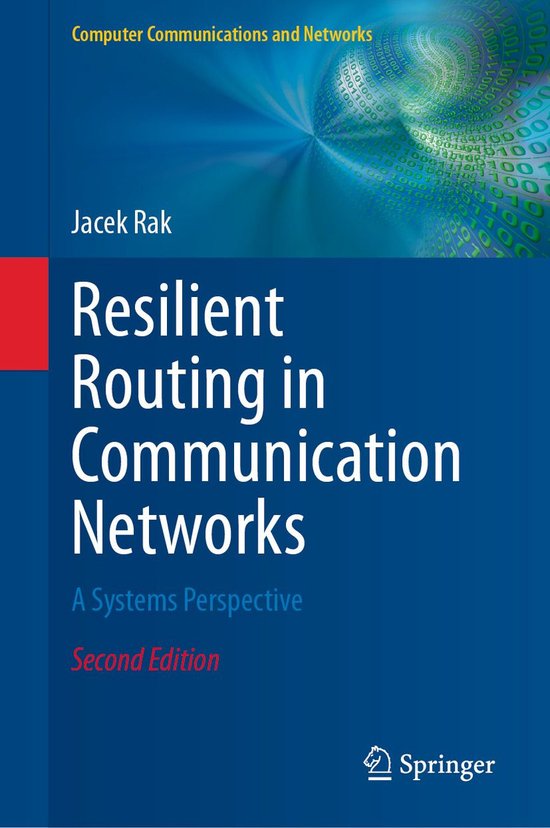Computer communications and networks resilient routing in communication networks

Direct beschikbaar
This practically focused monograph addresses the latest issues of resilient routing in networked systems. It consists of three parts and offers an in-depth introduction to the resilience of networked systems (Part I), a detailed description of schemes of resilient routing (Part II), and examples of the application of resilience mechanisms in selected communication scenarios (Part III).
Topics and features: presents the essentials of network resilience; highlights the main causes of network node and link failures; elaborates on the costs and benefits of investing in resilience; discusses the taxonomy of challenges, faults, attributes, and disciplines of resilience; overviews the major metrics useful in evaluating resilience; provides a detailed classification of resilient routing schemes; analyzes the features of optimization models for selected problems of resilient routing; illustrates the properties of computationally efficient methods for determining the shortest sets of disjoint communication paths; shows the practical use of resilient routing mechanisms in selected communication scenarios with a particular focus on up-to-date concepts such as network virtualization or content-centric networking.
- 1 Bekijk alle specificaties
Taal: en
Bindwijze: E-book
Oorspronkelijke releasedatum: 16 september 2024
Ebook Formaat: Adobe ePub
Illustraties: Nee
Hoofdauteur: Jacek Rak
Tweede Auteur: Jacek Rak
Hoofduitgeverij: Springer
Lees dit ebook op: Desktop (Mac en Windows)
Lees dit ebook op: Kobo e-reader
Lees dit ebook op: Android (smartphone en tablet)
Lees dit ebook op: iOS (smartphone en tablet)
Lees dit ebook op: Windows (smartphone en tablet)
Editie: 2
Studieboek: Ja
EAN: 9783031646577